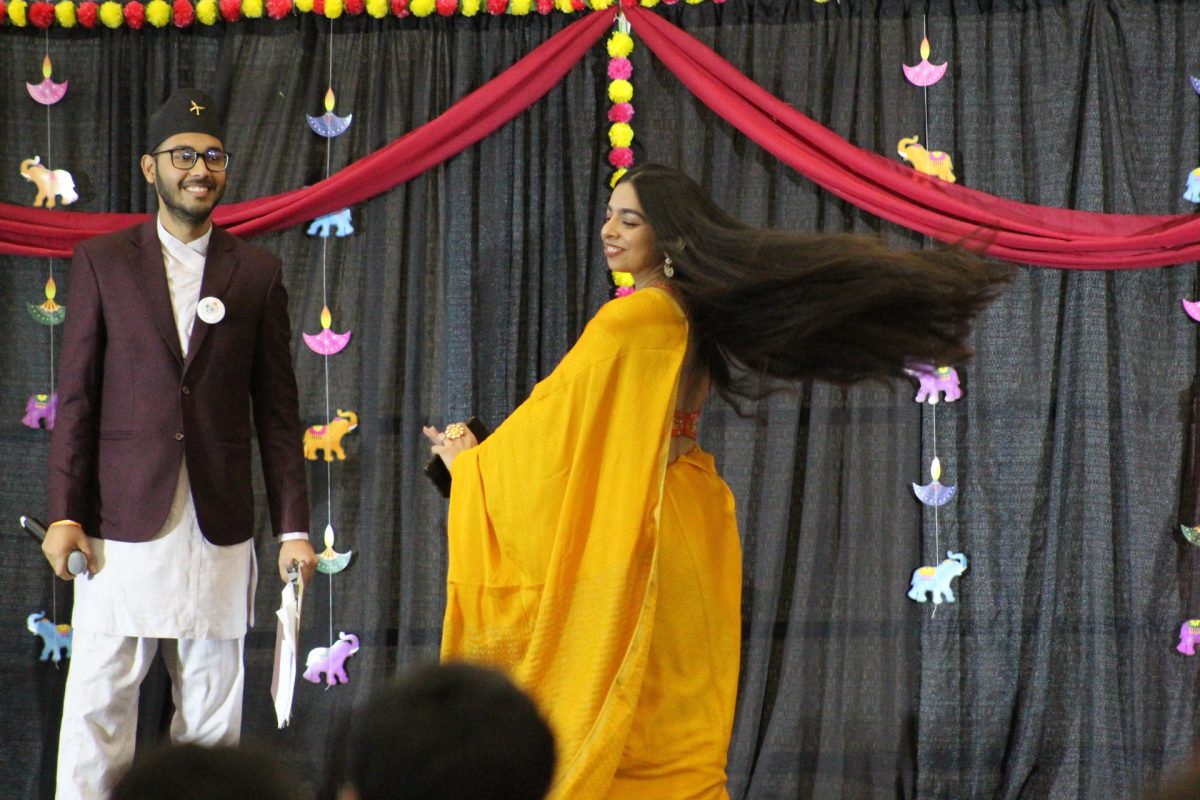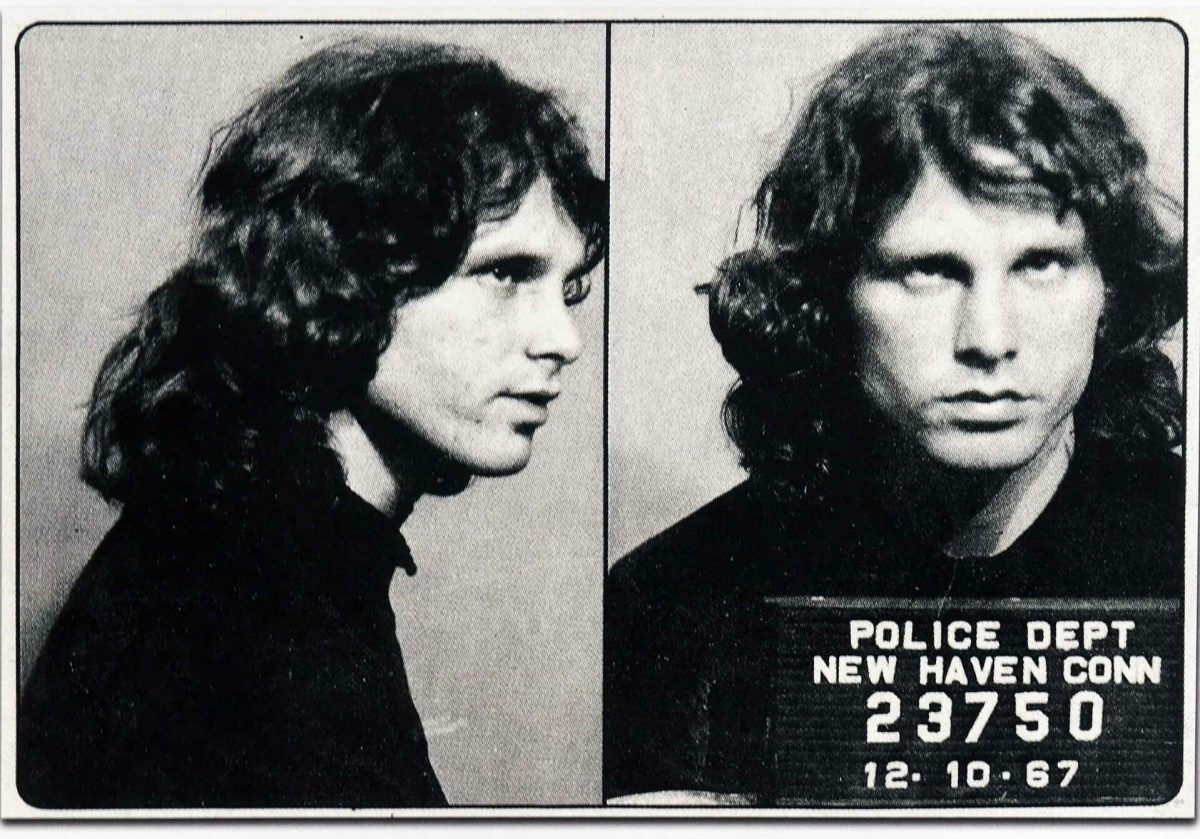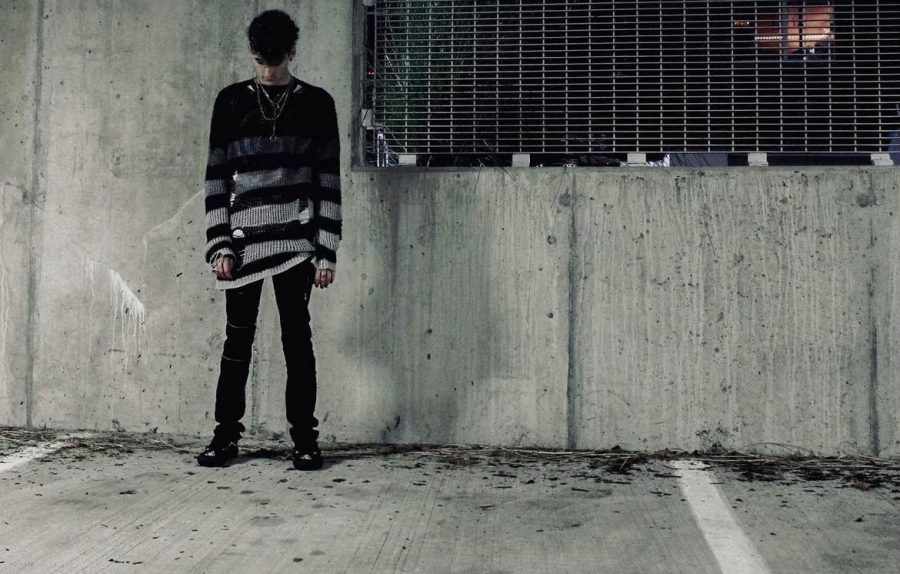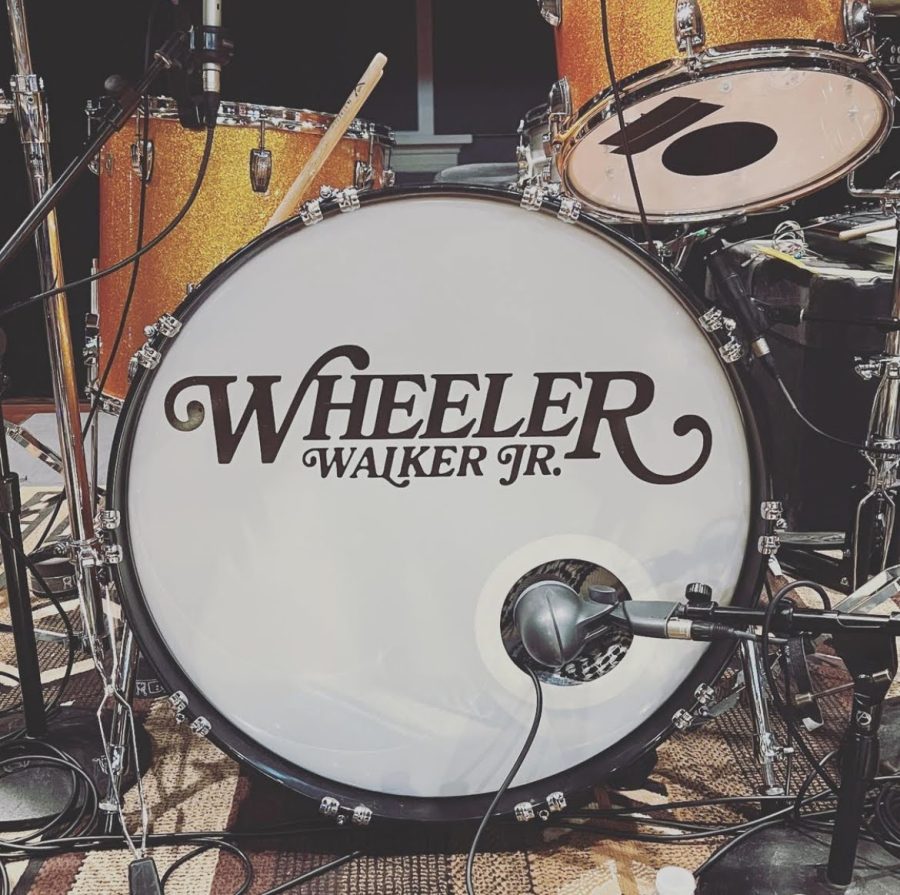“Morning Cup of Coffee”
Follow ChargerBulletin on Spotify
Far too many people stray away from jazz music out of fear that it is too dense and cacophonous, when this is often not the case. Sure, jazz music prides itself on having more complicated harmonic and melodic structures, but a sizable number of pieces are memorable and easy to hum along to. The subset of jazz where this is most apparent is within the jazz ballad. I took several well-known jazz ballads (as well as some pieces that are marginally more up-tempo) and compiled them together to create “Morning Cup of Coffee,” a playlist perfectly set as a musical backdrop to that idyllic scene of sipping a cup of coffee on a nice, relaxing Sunday morning.
“Prelude To A Kiss” is a particularly moving piece by pianist Brad Mehldau, as well as one of the most contemporary pieces on the list for this week. It’s relatively long, but there are several sections of the song that almost work independently of one another, while still maintaining a certain glue that congeals the whole piece together. The head in the beginning is played by a standard trio at a marginally slow tempo featuring Mehldau on piano, playing a relatively simple melody, with few ridiculous intervallic leaps. Then, about halfway through the song, the piano takes off and the song picks up considerably. Mehldau is pretty well-known for his soloing abilities, often playing an independent melody in each hand. While he touches on this skill in this piece, he mostly plays around with the same line a couple octaves apart. However, the end of the song is where I think he really shines. The rest of the band drops out, and Mehldau is left accompanying himself rather beautifully up until the very end where in the rest of the band comes back in for the last few hits.
I also elected to include “Take Five” in this week’s playlist, despite the fact that it isn’t really a ballad. It is still relatively relaxed, and I think that it is a melody that a lot of people will recognize. Obviously, the most notable thing about this piece is that it utilizes a 5/4 time signature throughout, something not found in very many pieces that would be considered “well-known.” Humans generally aren’t attracted to asymmetric meters because of the uneven subdivision of each bar, so we find ourselves unable to sway or dance to the music in time with ease (unless you’re a musician or dancer aware of meter, I suppose). It has always impressed me that this piece has become so prolific, despite the fact that it is in an asymmetric meter, or maybe it’s a chicken-or-the-egg type of scenario, where it became popular in the musicians’ circles because of the fact that it was in five, and then worked its way back into popular culture. Regardless, it is a really interesting tune with a very catchy melody that a great number of people will have heard before, most likely as some stereotypical music being played at a jazz club in a movie.









